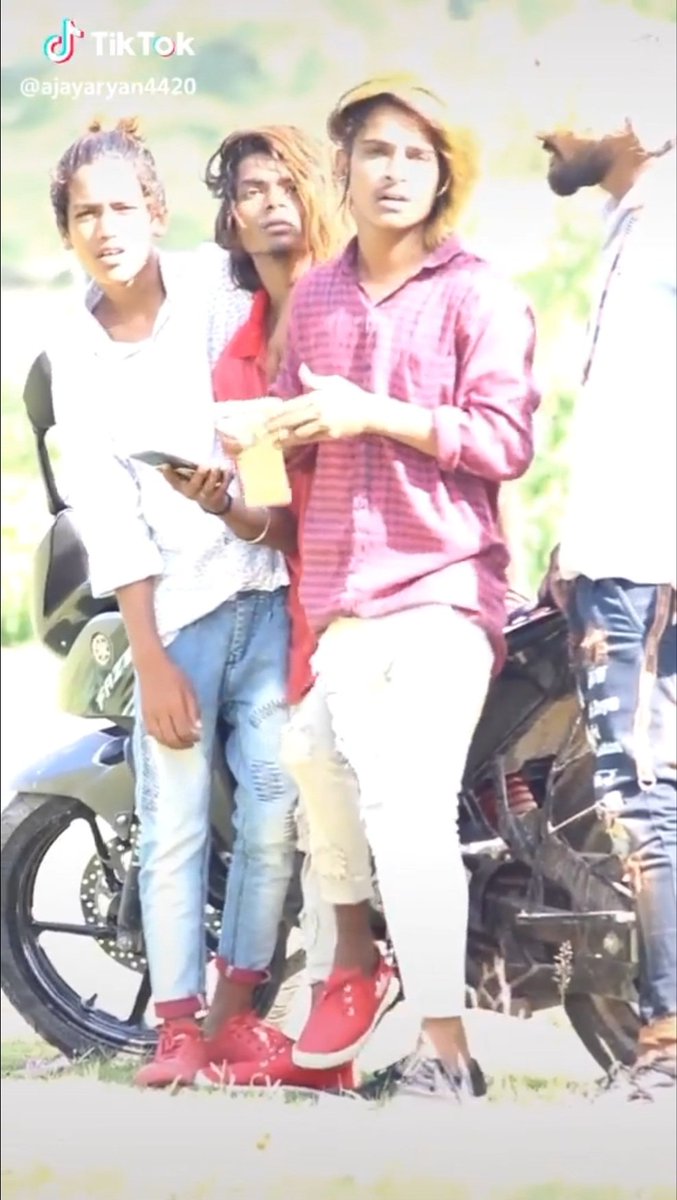Chapri छपरी...a 🧵
I have been deliberating since last month on the Indian language term chapri छपरी which is used for "street side loafers" who follow deviant style of fashion, language and culture.
1/n
I have been deliberating since last month on the Indian language term chapri छपरी which is used for "street side loafers" who follow deviant style of fashion, language and culture.
1/n

The term Chapri is specially used for young Indian tiktokers, youtubers and instagrammers who have flooded the internet with their unique but sometimes cringe videos. 2/n
The word gained momentum in the summer of 2023 when the movie Adipurish 🎬 was released. This film was criticized for its low quality dialogues comparing them to the language used by Chapris.
3/n
3/n
Some people have wrongly characterized the term Chapri as a casteist slur connecting it to the community of roof makers and menders. Although there are many casteist slurs used in Indian languages, we will find that this term Chapri isn't so.
4/n
4/n
The word Chapri has its origin in the word capaṛ-qanatī चपड़-क़नाती which in Hindi /Urdu means small-minded man, a flatterer or a sycophant. In Punjabi ਚਪਰਕਨਾਤੀਆ capar kanātīā where it means a knave person, a scoundrel, a rascal. 5/n
This term has an interesting history, the first element is coming from Turkish 🇹🇷 Chapar which means 'to gallop' on horse 🐎. Chapar entered the Persian in the 16th century where it was initially used for a horse rider who delivered post, and later meant a runner,...6/n
mounted messenger, or courier in the postal system📮. The Persian term Chapar-Khaneh was used for a relay station for these runners in the postal service system of Persia. 7/n
The second element qanāti is of Arabic origin word qanāt which means cloth screen, the walls of a tent with which an enclosure is formed. So Chapar qanati would literally mean a runner within the enclosure i.e. a side man, an errand man and thereby a sycophant, flatterer. 8/n
Eventually the longer term capaṛ-qanatī was shortened to Capri चपरी or Chapri छपरी.
Therefore one can say the term chapri has Persian-Turkish-Arabic origin, and it's been with us for a long long time. 9/end
Therefore one can say the term chapri has Persian-Turkish-Arabic origin, and it's been with us for a long long time. 9/end
• • •
Missing some Tweet in this thread? You can try to
force a refresh

 Read on Twitter
Read on Twitter









